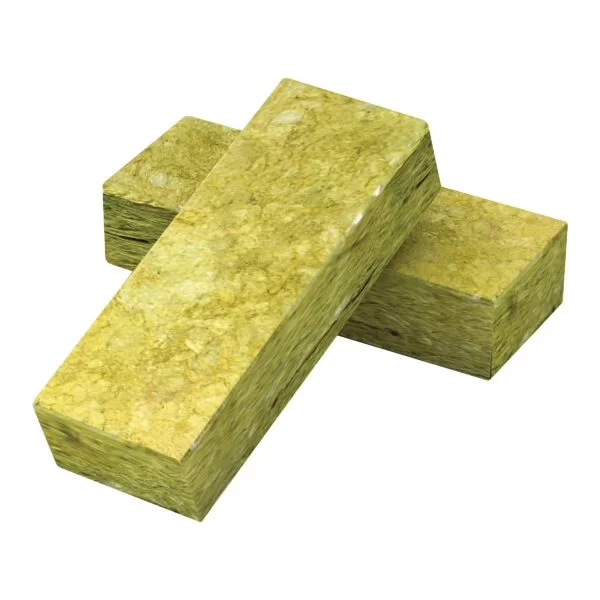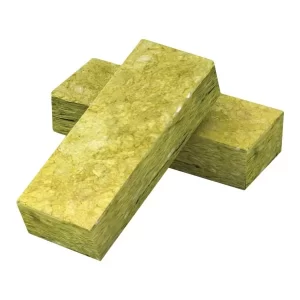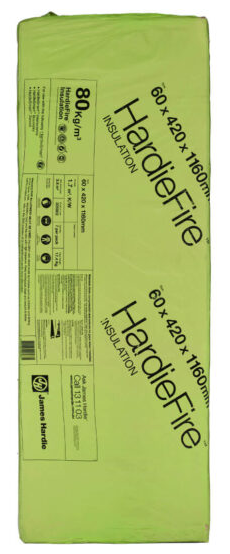Your cart is currently empty!
Fire Rated Insulation Solutions by Climate Control
Commercial and industrial environments, regardless of their size, face the threat of fires. Some things, like dust, can catch fire.
Liquids and gases that can burn are also dangerous. Using hot tools, such as soldering, can be hazardous. Failure to implement adequate fireproofing measures in workplaces can endanger the safety of employees.
Insulation fireproofing helps protect steel and concrete structures from high temperatures, lowering the chance of fires starting. Additionally, this type of insulation helps regulate temperatures, leading to savings in overall energy consumption. Implementing fireproofing measures in any commercial or industrial setting is essential as the initial step in establishing comprehensive safety and maintenance protocols.
Understanding insulation methods involves examining common fireproofing materials and distinguishing between fire-stopping and fireproofing techniques. It is crucial to be aware of the distinctions between these two methods. Fire-stopping and fireproofing serve different purposes in protecting buildings from fire hazards. Knowing the difference can help in choosing the most appropriate insulation method for a specific building.



